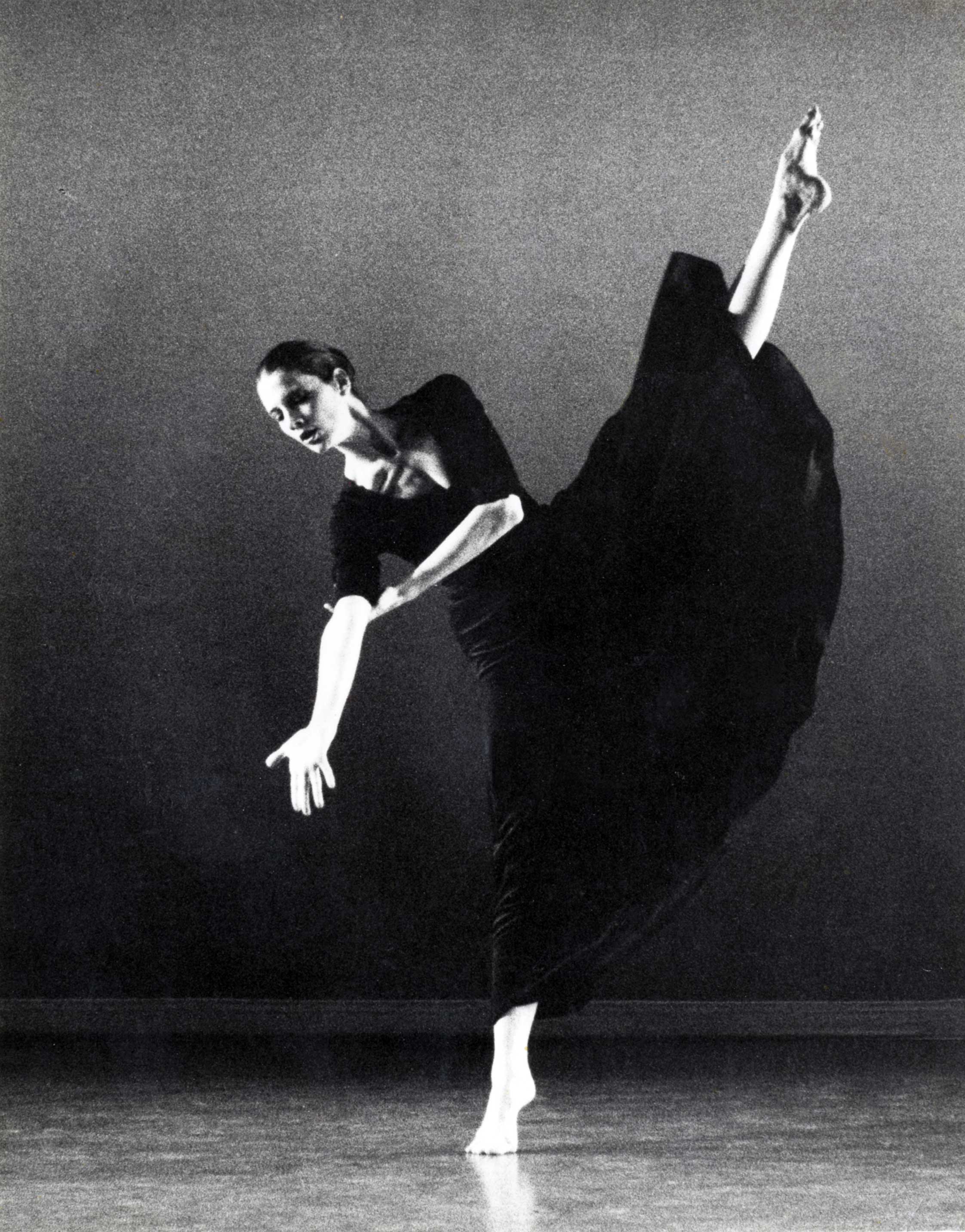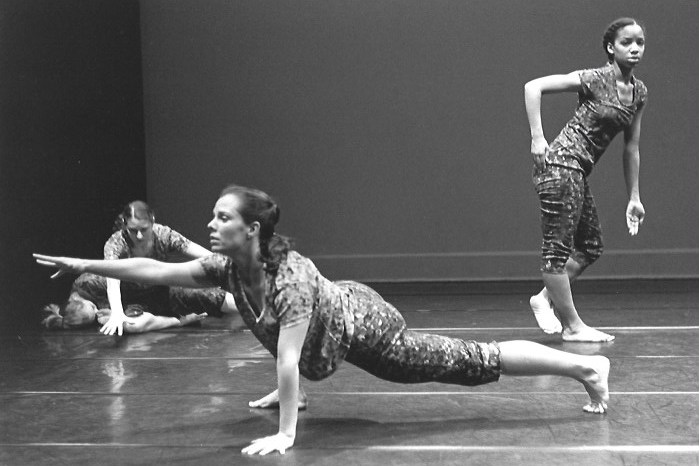Sometimes events surprise you and life takes a turn you hadn’t expected. That happened in late May of 1962 when I was flying home having completed my first year at Juilliard. About half way through the short flight from NYC to Pittsburgh, I got a tap on my shoulder. A male voice said, “I think we know each other.” I was aware I was wearing a scoop-neck dress and I thought hmm… he must be getting an interesting sight… Anyway it turned out we indeed did know each other. Murray Tucker and I had gone out on a date a few years back when I had directed a water ballet at the country club both of our parents belonged to. His sister Lynne had been one of the youth I directed. That year’s water ballet was a bit humorous, making fun of the Pittsburgh Steelers football team. Their dad was Joe Tucker, the Voice of the Pittsburgh Steelers. Lynne had introduced Murray and me, and I had asked if he could do a takeoff on his father and announce the water ballet.
Anyway that was how we met and then we had gone out on an actual date to see the Ice Capades. Neither one of us was interested in the other at that time. We hadn’t seen each other since then. We chatted for a few minutes on the plane and when we walked off the plane we noticed that our parents were talking to each other. We saw each other a few times before I took off for a summer job teaching dance at a camp. We saw each other again at the end of the summer and continued corresponding and seeing each other at school breaks. Definitely the romance was building and I could see a future with Murray.
At the same time, while I loved my classes and study at Juilliard I was becoming aware of several other things. I was surrounded by many talented dancers and I saw my limitations particularly as a performer. The company I aspired to be a part of was The Martha Graham Company. I loved the technique and her choreography. I was also realistic that my chances were not great to get into the Company. And even more important was that the more I hung around the Graham studio and began to meet some of the newest members of the company the more disappointed I became. Sometimes I would help sew costumes late in the evening at the Graham studio to earn some money and would see Martha wandering around fairly intoxicated, looking for where she might find a bottle with some more liquor in it. That was shattering my illusion of a very talented creative person. I knew this was a challenging time for her as she was still performing her lead roles but not with the same energy or technique that she had earlier. She must have been wrestling with how to retire from performing. As has been documented in biographies and articles about her, this was very difficult for her.
In her autobiography Blood Memory she wrote: “[When I stopped dancing] I had lost my will to live. I stayed home alone, ate very little, and drank too much and brooded. My face was ruined, and people say I looked odd, which I agreed with. Finally my system just gave in. I was in the hospital for a long time, much of it in a coma.” (Quote is from Wikipedia; no page number is given. https://en.m.wikipedia.org/wiki/Martha_Graham)
Anna Kisselgoff, in an excellent article for The New York Times writes about this period, “To give up dancing, Graham felt, meant to give up her life.” Kisselgoff continues “After a severe depression and a two-year illness in the early 1970’s, Graham actively resumed working with her company.” Here’s the link to the article, which gives an excellent picture of Martha and her company up to 1984, the time the article was written. https://www.nytimes.com/1984/02/19/magazine/martha-graham.html
While my time at the studio was seven or eight years before Martha’s severe depression, clearly the seeds were apparent to all around her and gave me much to think about. But I was very inspired by her choreography, her technique and her wonderful way of expressing a philosophy of life. Just Google “Martha Graham quotes” and links to a number of websites are listed. Here’s one “Top 25 Quotes of Martha Graham.” And they are not just about dance. They are about a philosophy of life. https://www.azquotes.com/author/5783-Martha_Graham
Her classes were sprinkled with inspiration on how to be a dancer, a creative person and how to reach your full potential. I was so disappointed to see such a person – who inspired and was such an innovator – not happy. Of course, I was a young 20-year old not mature enough or able to understand the challenges that life brings and also the challenges that a very passionate and creative genius deals with.
I also sensed the strong competition among the younger company members and the lack of kindness that they showed each other. Was this an environment I wanted to be part of? I was no longer sure. I was also aware that I had completed one important goal… I had made it through all three levels of Louis Horst’s Composition Program, and to be a choreographer remained a key desire of mine.
At the end of my second year I went home to Pittsburgh filled with these thoughts and beginning to consider returning to Pittsburgh and maybe building a life with Murray. The summer went well and I made the decision not to return to Juilliard and to attend academic classes at the University of Pittsburgh. I have never for one moment regretted that choice. We were married a year later and what a rich, loving, sometimes challenging and amazing journey we have been on since then.

 Print This Post
Print This Post





















